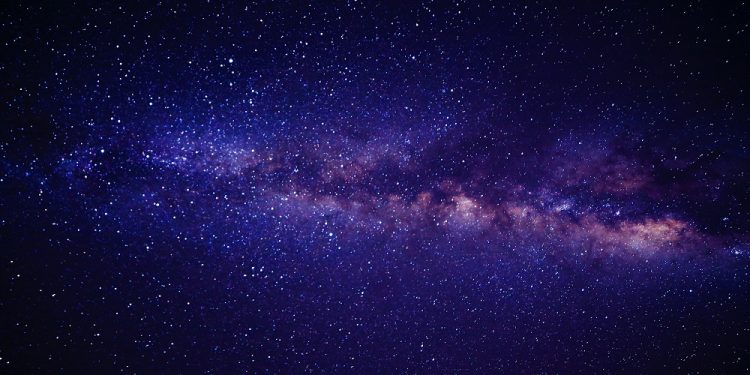
Top 8 Astronomical Holidays That Will Keep People Looking Towards The Skies
Have any of you ever taken the opportunity to look up at the sky? We’re willing to bet that most people probably don’t do that very often. The average person probably only looks up at the sky to see storm clouds moving in or perhaps to catch sight of a rainbow or a plane.
That’s why we felt it was important to research some of the astronomical holidays that people can enjoy. With that said, allow us to introduce the Top 8 Astronomical Holidays That Will Keep People Looking Towards the Skies.
National Weather Observers Day (May 4th)
We thought long and hard about which holidays to begin our discussion with today, and we decided that National Weather Observers Day was probably the best place to start. Everybody on the planet has to deal with the weather in some capacity, so it’s important for all of us to keep an eye on what’s happening. We’ll give you an example. Large puffy cumulus clouds and darkening skies can be signs that a storm is pushing in.
National Space Day (First Friday in May)
This holiday has been around since the 1990s as a day to inspire students to become interested in space and aerospace jobs. However, we also think that it’s a good day for people to spend more time watching the stars. A small telescope can be used to peruse the skies, or people can visit one of the science centers around the world on this day to see more elaborate night sky displays.
Astronomy Day (Multiple Dates)
This is a celebration holiday that falls during the spring and the fall. The springtime celebration takes place on the Saturday closest to the first quarter moon, and the fall celebration also falls on the Saturday closest to the first quarter moon.
This places this holiday sometime during April or May in the spring, and October or November during the fall months. Regardless of when this day is observed, it’s a great day for people to learn more about astronomy and perhaps learn how to use a telescope from their homes.
International Asteroid Day (June 30th)
According to NASA, the odds of an asteroid slamming into the Earth are about 1 in 300,000 — which means that you probably have a better chance of matching 5 numbers in the Illinois Lottery than you do of an asteroid hitting the planet.
Still, it’s something to think about, so people might want to take the chance to observe this holiday and pay attention to any asteroids that may (or may not) be zooming past the planet at this moment.
National Meteor Watch Day (June 30th)
Every single day, approximately 25 million meteoroids, micrometeoroids, and other types of space debris hit the Earth. That’s over 15,000 tons of material that enters our planet’s atmosphere every year. Of course, most of these meteors burn up in the atmosphere, which gives us a great light show to enjoy.
We encourage everyone to observe this holiday and enjoy any meteors that might be available to watch.
National Moon Day (July 20th)
The moon has been with us for over 4.5 billion years, and it doesn’t look like it’s going anywhere anytime soon. So perhaps it’s a good time to become more familiar with it on National Moon Day. Many of the moon’s features can be observed with the naked eye, and even more of its secrets can be unlocked with the aid of a telescope.
Pluto Demoted Day (August 24th)
You won’t be able to look at Pluto using only your naked eye. You won’t even be able to see it with the average home telescope. Pluto is over 3.21 billion miles away from us. You’re going to need a large-aperture telescope to see it.
That means you might want to get your hands on a professional 8-foot telescope, or book time at one of the observatories located around the world. Pluto is no longer considered a planet, but it’s still worth checking out.
Red Planet Day (November 28th)
The last holiday we want to talk about is Red Planet Day. This is a great day for people to get familiar with the planet Mars. Named after the Roman God of War, this planet appears red because it has a large amount of iron oxide locked in its rocks and soil.
Well, that does it for us today. We hope you’ve enjoyed our list, and keep looking to the skies!








